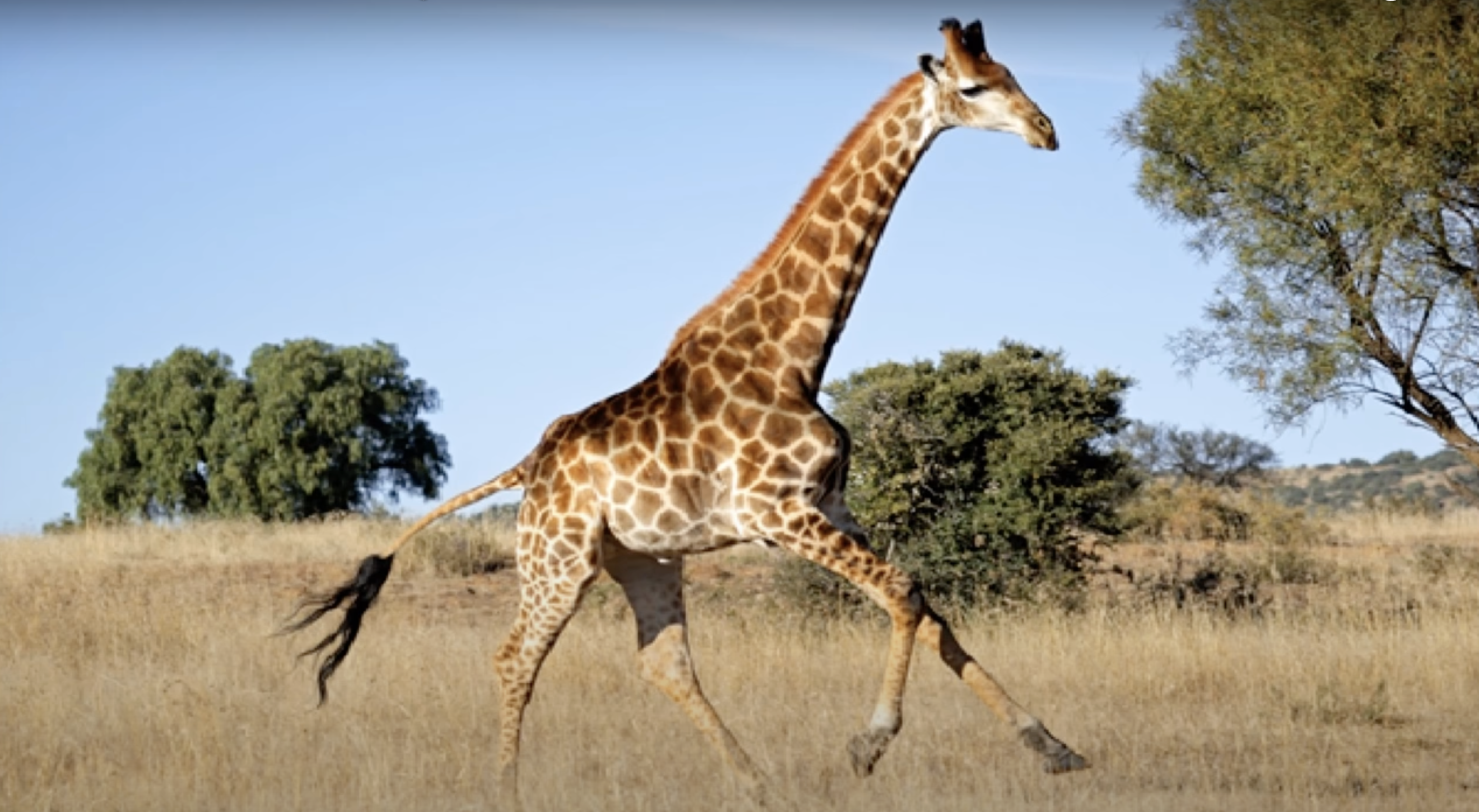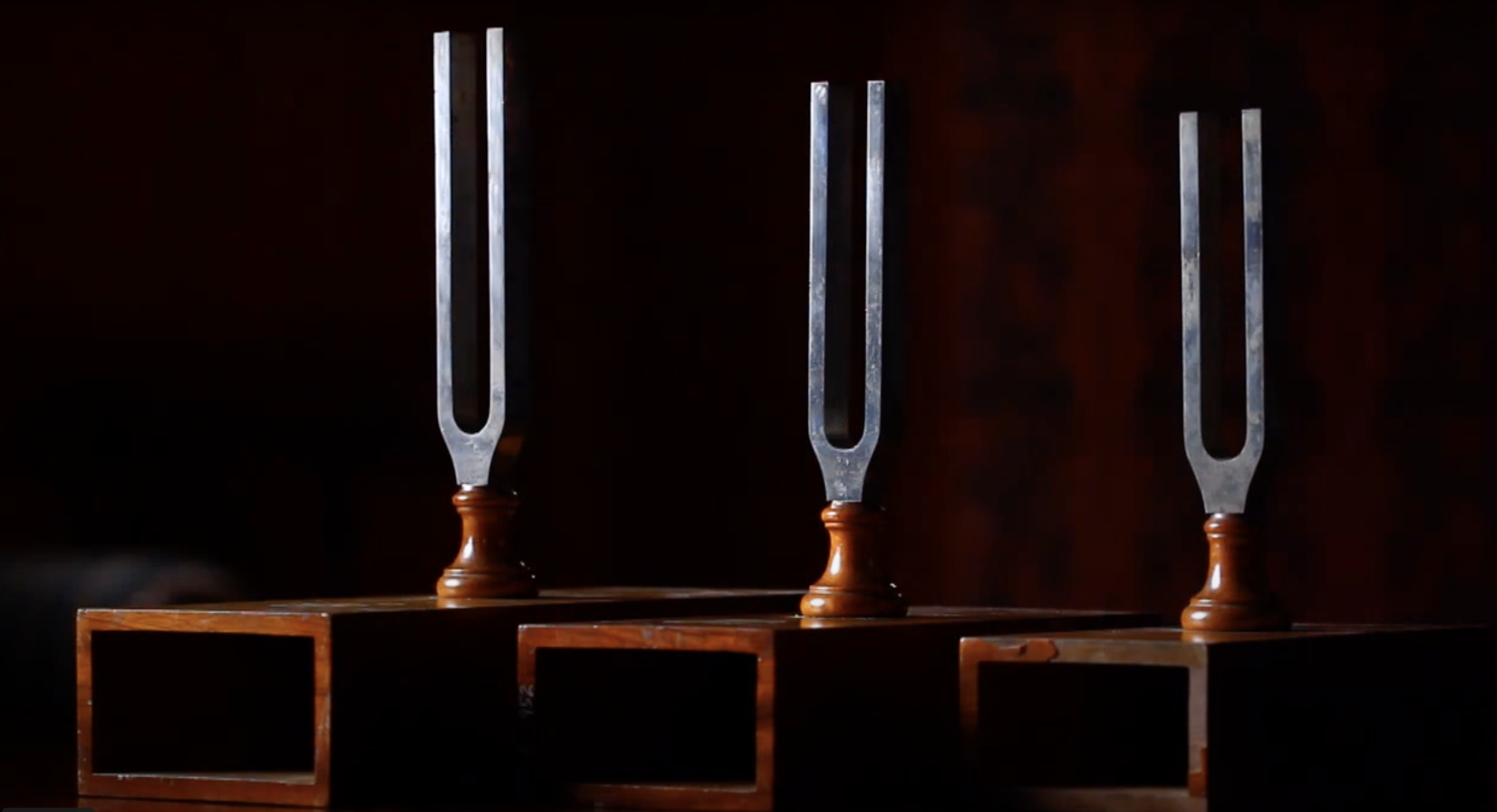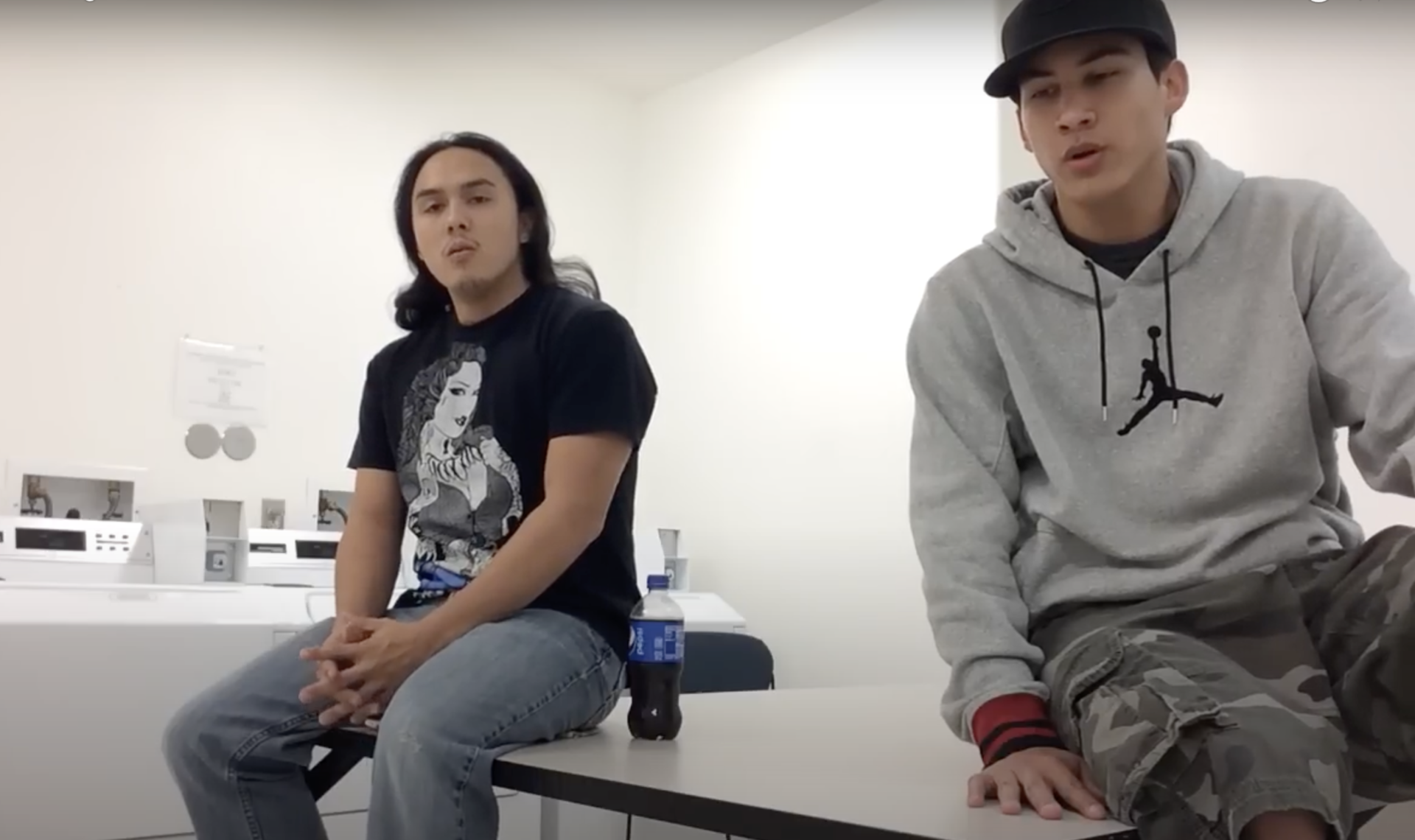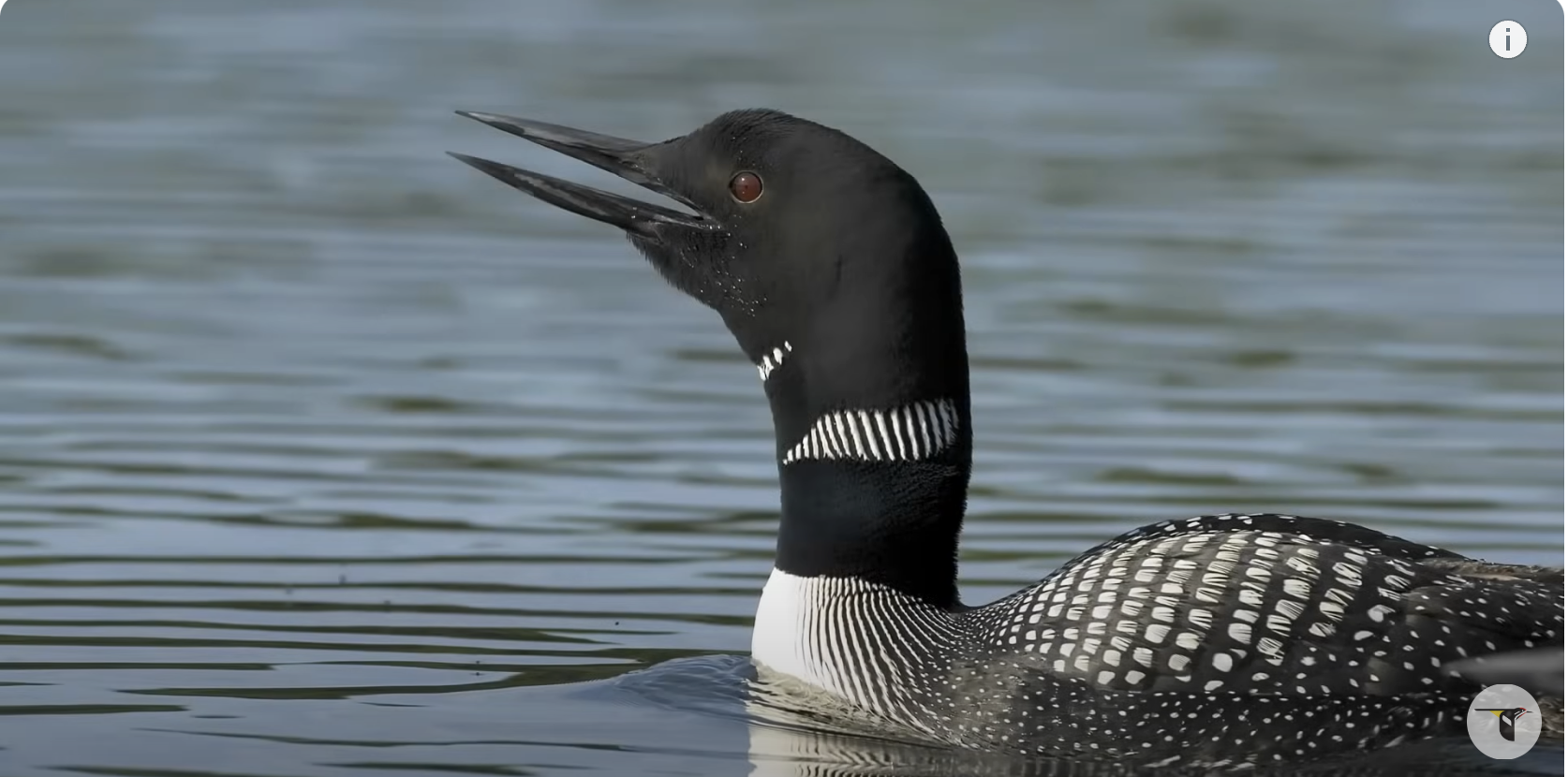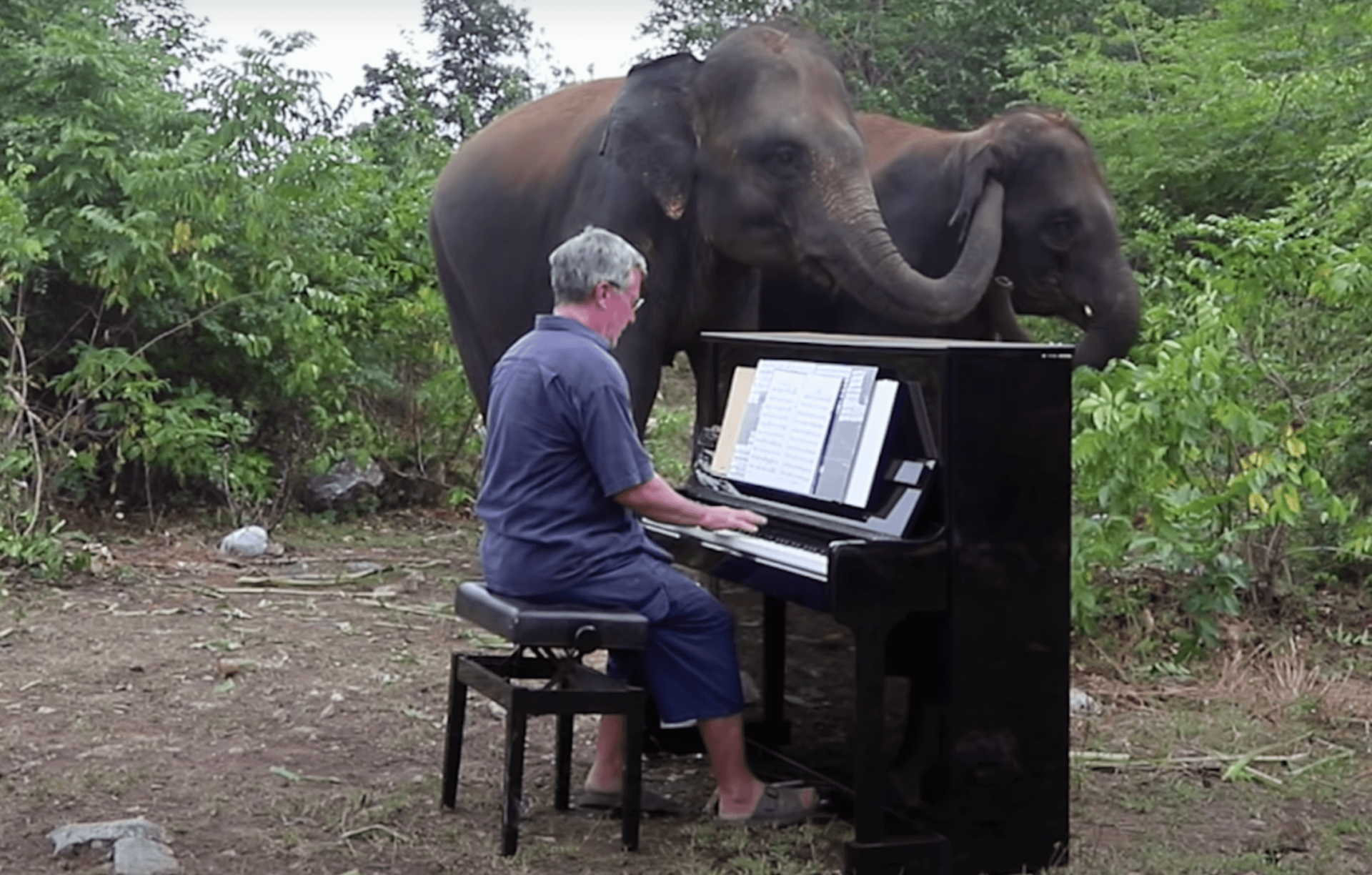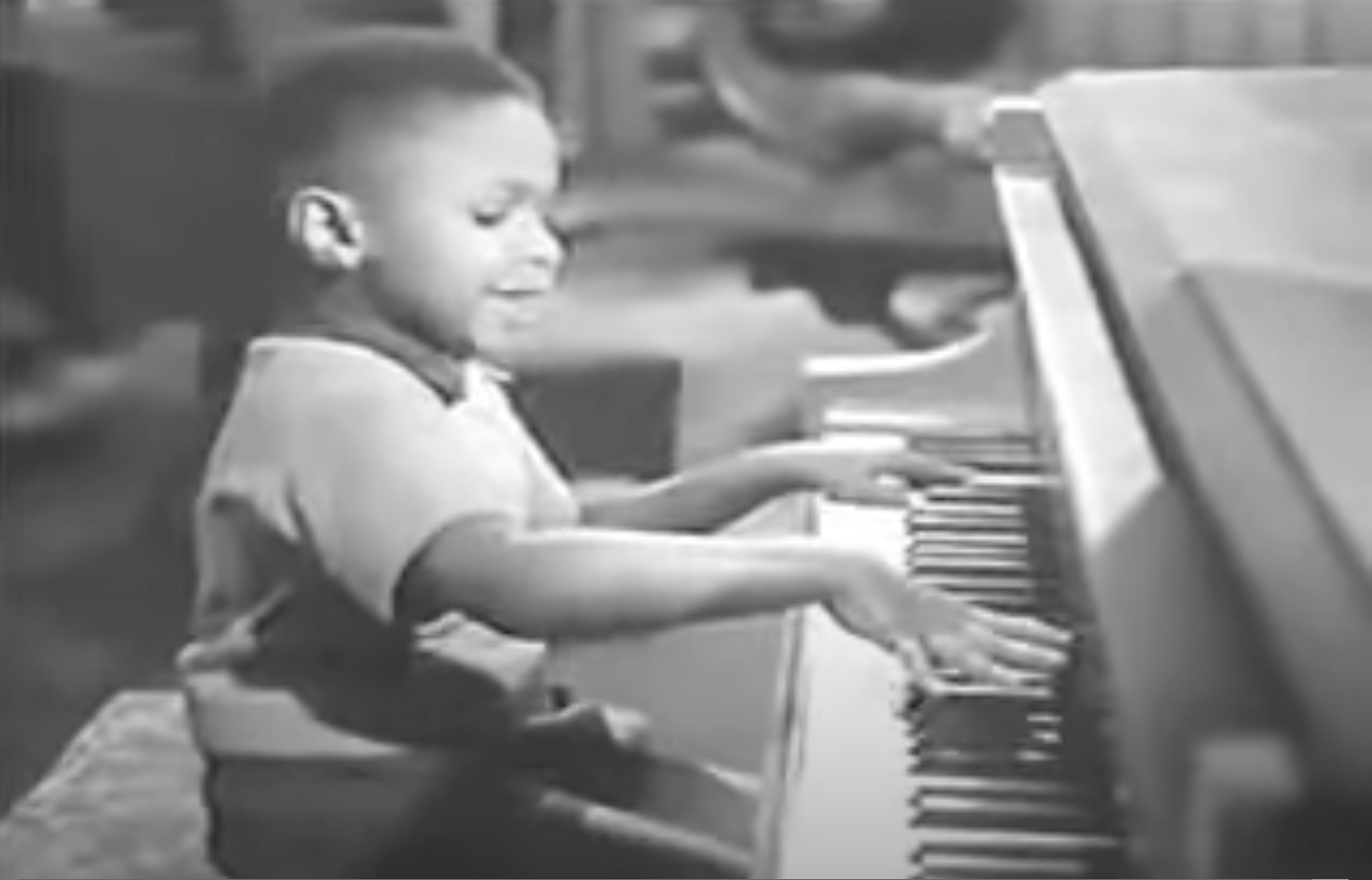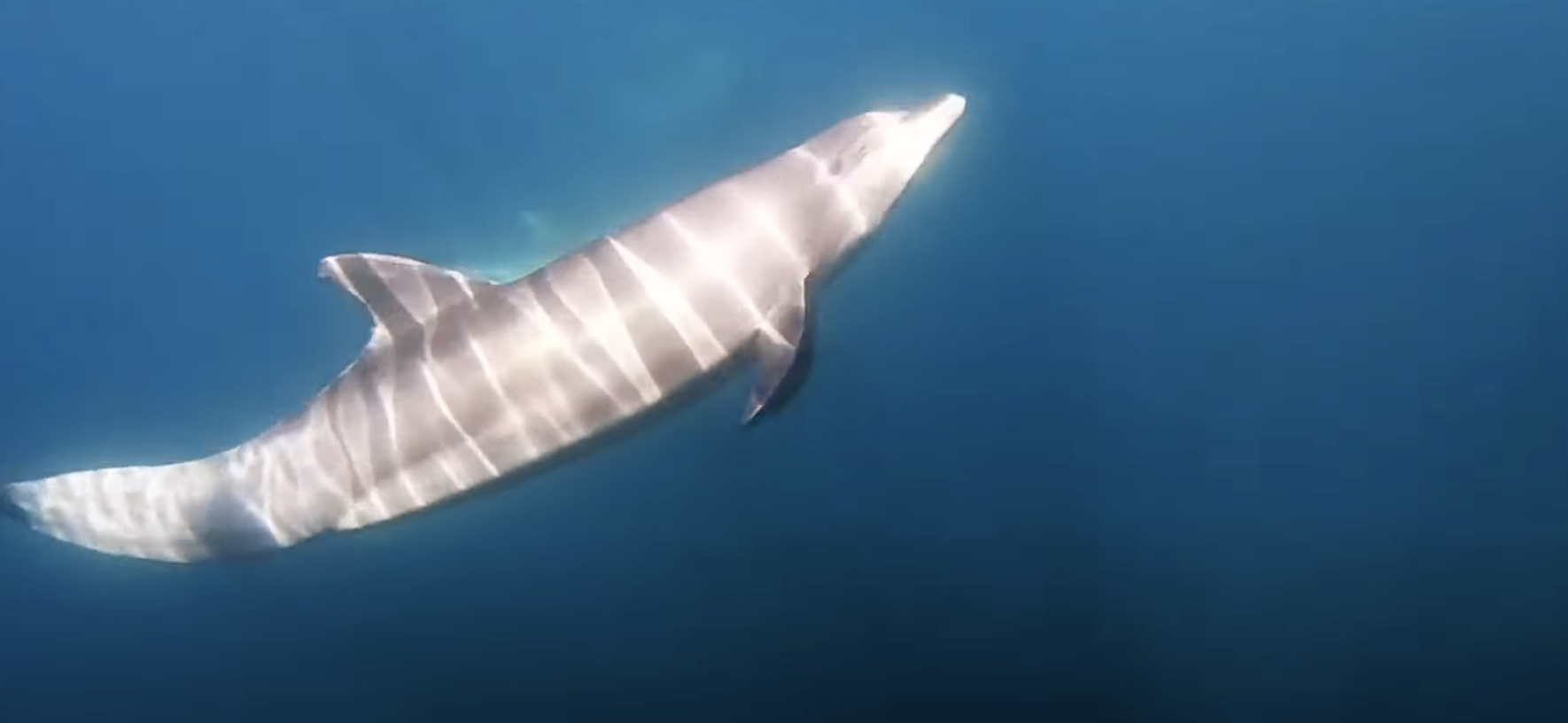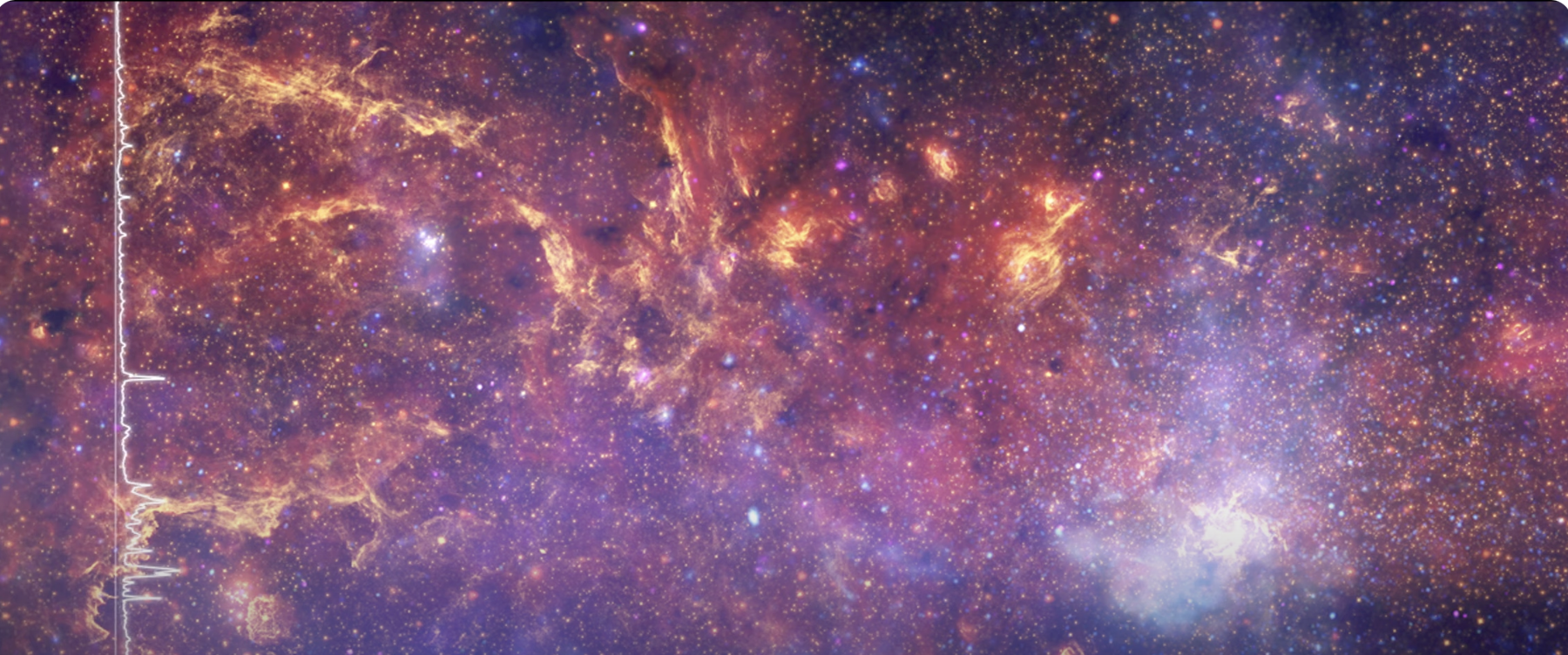I first learned that giraffes hum to one another from reading the historical novel West with Giraffes by Lynda Rutledge. The novel fictionalizes a 1937 trek across the U.S.A., when two young giraffes arrived in New York harbor during a hurricane, barely alive, and were transported by make-shift rig to the San Diego Zoo. [A great adventure tale, highly recommended.]
Who knew that giraffes hum?
Click below to listen to this extraordinary nocturnal sound:
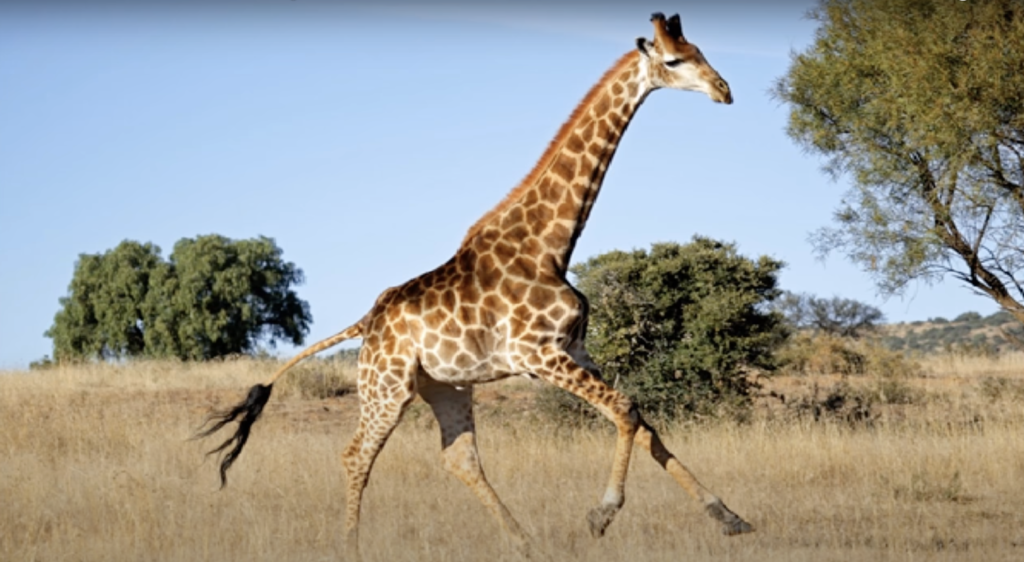
In the novel, the young giraffes hum to comfort one another, to create safety, and to express a sense of contentment. The human characters are awe-struck when they experience this vibration firsthand.
I got to wondering if people who experience insomnia might benefit from learning the giraffes’ secret to comfort and peace. Many of us may listen to ocean waves or soft music as a way to relax into sleep. But what about making our own sound?
It turns out that humming isn’t just soothing. It stimulates the vagus nerve and signals the brain to calm down. It lowers our heart rate and blood pressure. Humming produces oxytocin, can release melatonin, and induces parasympathetic dominance.
Several research studies have been done on humming’s healing impact. In fact, a book called The Humming Effect dives deeply into the topic.
As we look for ways to calm our nervous system, quiet our minds, and balance our emotions, isn’t it heartening to know that we carry with us this simple sound technique? I’m trying it out.
Thank you, giraffes!
That is living as music.
*********************************
If you know someone who could benefit by reading this blog, please pass it along and make their day. 😃
Subscribe here for Living As Music
Find Your Rhythm. Harmonize with your heart.
